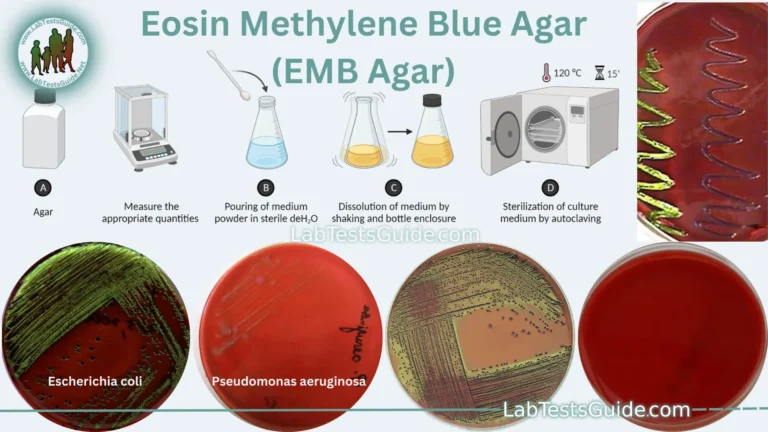Ammonium oxalate, C2H8N2O4 – more commonly written as (NH4)2C2O4 – is an oxalate salt with ammonium (sometimes as a monohydrate). It is a colorless (white) salt under standard conditions and is odorless and non-volatile. It is the ammonium salt of oxalic acid, and occurs in many plants and vegetables.

It and other oxalates are used as anticoagulants, to preserve blood outside the body.
Uses in Medical Laboratory to Count the Platelet Cells
- Chemical formula: C2H8N2O4
- Appearance: White solid
- Molar mass: 124.096 g·mol−1
Ammonium oxalate, 10g/l (1% w/v)
To make 100 ml:
- Ammonium oxalate. . . . . . . . . . . . . . . . . . . . . 1.0 g
- Distilled water. . . . . . . . . . . . . . . . . . . . . . . . 100 ml
- Weigh the chemical and transfer it to a completely clean screw-cap container.
- Add the water and mix until the chemical is completely dissolved. Label the bottle and store at 2–8°C.
Filter immediately before use to ensure the reagent is free from particles which could be mistaken for platelets.
Possible References Used





0 Comments